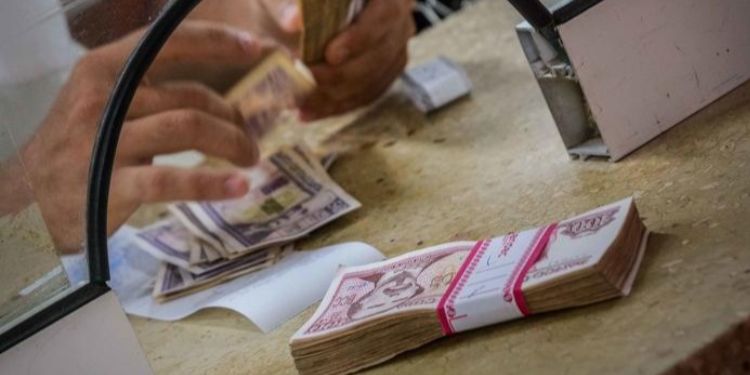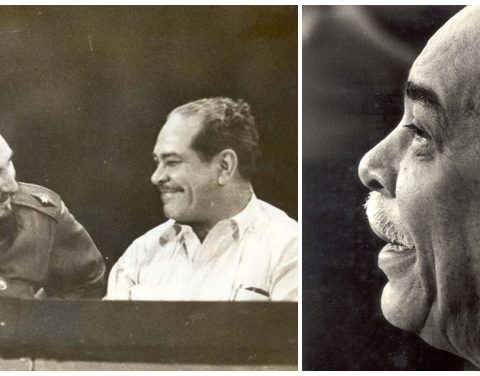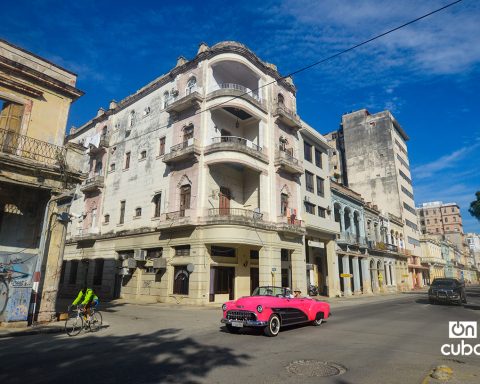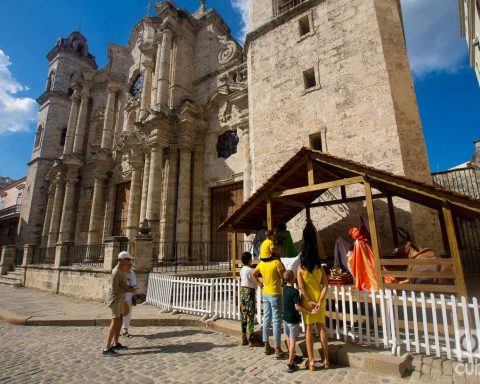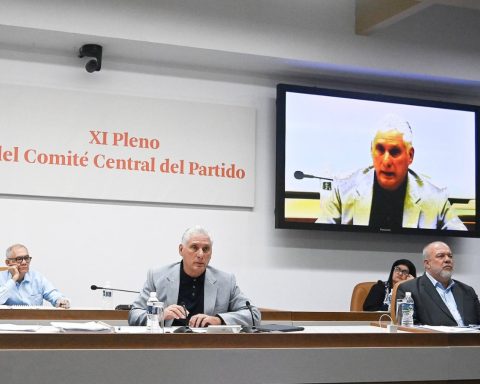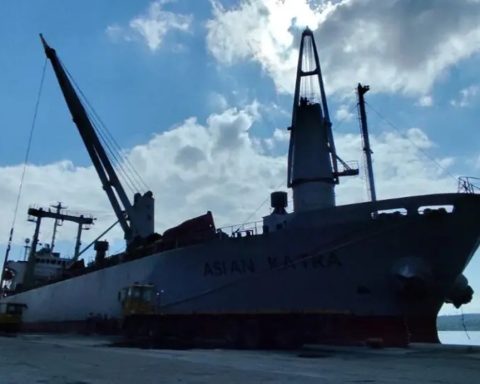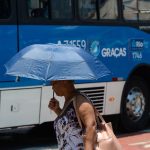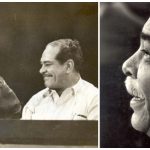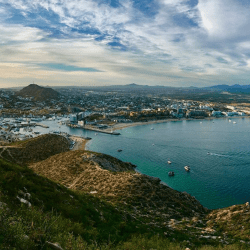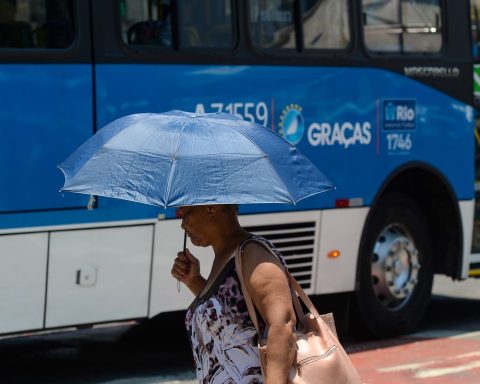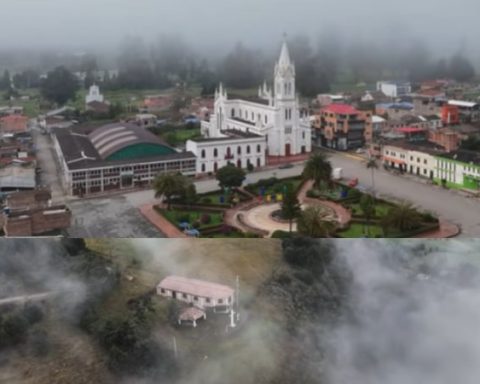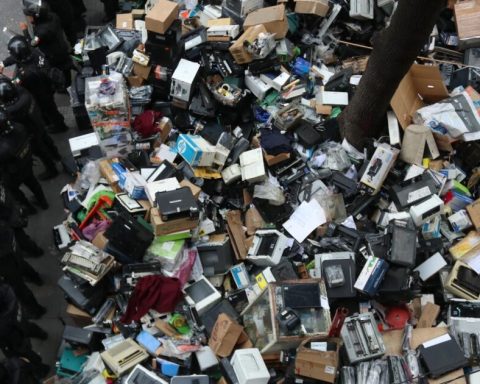PUERTO FATHER, Cuba. – It has just been two years since the publication in this medium from the article “The dollar revolution in Cuba”in which, as a result of the implementation of trade in Freely Convertible Currency (MLC), we forecast: “With the opening of national dollarized shops, the rise of the dollar with respect to the Cuban peso in the informal exchange market is due to two propensities, both , in a public and notorious way, with unpredictable consequences due to the socio-economic conflict that they entail:
- The acquisition of products that are only found in dollarized stores for personal and family use of the purchasers and therefore the increase in remittances for a part of the population, while others remain disadvantaged.
- The purchase of merchandise that only exists in dollarized stores, for the purpose of resale, substantially increases the value of the dollar in the informal exchange market and depreciates the national currency.”
To reach these conclusions it was not necessary to be an expert in economics or a financial guru, although it was useful to keep a few figures in view, which it is now convenient to remember, because they were the ones that that time led the regime to trade in MLC, like right now they take it to buying dollars, after these being vetoed in the Cuban banking system. Note:
In 2018 and only in Panama, Cubans paid 335 million dollars for merchandise imports. Only at the official exchange rate of 24 pesos per dollar, 335 million dollars is equivalent to 8.04 billion Cuban pesos, enough, if legal, to acquire Cuba’s public debt in 2019.
The public debt contracted at the end of 2019, according to Law No.126, of the State Budget, amounted to 10,121,200,000 pesos and was financed with Sovereign Bonds of the Republic of Cuba, which were acquired by the national banking system, official sources said.
But those 335 million dollars invested in the importation of merchandise in Panama, at least, marketed in Cuba, each dollar of investment yielded a dollar of utility, and it is not uncommon for these merchandise to produce between two and up to four times more than the cost price. .
Later, imports such as those carried out by Cubans in Panama until the regime imposed the monopoly of MLC stores, with an investment of 335 million dollars, in Cuba moved something like 670 million US dollars, which, at the exchange rate then, meant about 16.75 billion Cuban pesos.
But according to international analysts, the amount of annual imports by Cubans from the United States, Panama, Ecuador, Guyana, Haiti, Spain and Russia amounted to 4 billion dollars.
And if Cuban private investors operated with 4,000 million dollars, at the exchange rate of 1 x 24 they mean 96,000 million Cuban pesos, so that private capital was about 35,980 million pesos higher than the budget of the Cuban State. for the year 2019, which was 60,020.3 million according to Law No. 126.
But 4 billion US dollars at the exchange rate of one dollar for 110 Cuban pesos, as the regime now announces, means 440 billion Cuban pesos, that is, several times the state budget in 2019, which is too much money to so that a totalitarian regime such as Castro’s allows it into private hands.
And if before the Castro-communist regime monopolized through the MLC stores the incipient but powerful merchandise import trade by private individuals associated with each other, now it intends to monopolize the dollar exchange market, imposing an 8% tax on the rate of 120 pesos per US dollar, so in practice the exchange rate is reduced to 110.4 pesos per dollar, so the other deception of Castroism, buying dollars pretending to benefit the Cuban population, will actually increase the value of foreign currencies.
The jurists know it. And they must have warned the hierarchs of the regime: in any civilized country it is illegal to establish businesses in which the use of the national currency is prohibited, as is the case with the Cuban peso in MLC stores. But even allowing the circulation of the national currency in these segregated businesses, because of the monopoly they practice, they are still illegal.
Then, as long as there is no freedom of choice for the client, it is not enough for the regime’s banks to buy dollars (as they began to acquire this Thursday) or any foreign currency, as happens in any civilized country. It is necessary that the national currency has purchasing power, but the Cuban peso will continue to be a depreciated currency as long as the Communist Party of Cuba (PCC) continues to proclaim itself “superior leading political force of society and of the State”; when in reality, it constitutes a brake on the development of the Cuban nation. Liberate trade and the productive forces and the rights of the people and do not continue with tricks and lies, and Cuba will stop being the miserable country that it is today and will be a prosperous country.
OPINION ARTICLE
The opinions expressed in this article are the sole responsibility of the issuer and do not necessarily represent the opinion of CubaNet.
Receive information from CubaNet on your cell phone through WhatsApp. Send us a message with the word “CUBA” on the phone +1 (786) 316-2072, You can also subscribe to our electronic newsletter by giving click here.
